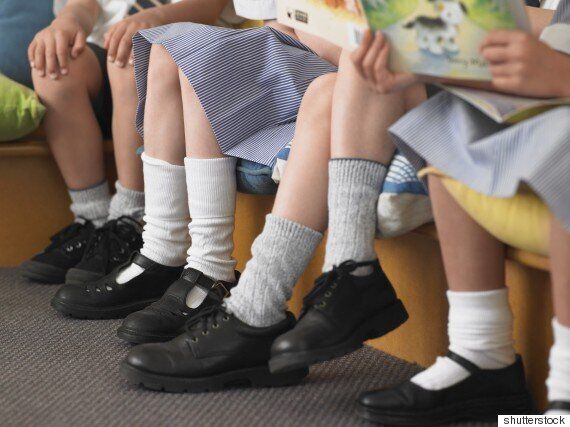
Families and primary schools are being urged to try harder after girls scored worse than boys in a range of physical activity markers.
The University of Canberra study of 29 primary schools found eight-year-old girls walked 2000 fewer steps than their male classmates per day.
In the study of 550 students published in PLOS One Thursday, girls scored 44 percent lower in a hand-eye coordination test and had 18 percent lower cardio-respiratory fitness than boys as well as five percent more body fat.
Centre for Research and Action in Public Health researcher Rohan Telford told The Huffington Post Australia said the results should be a call to action for schools and families to find new ways to engage girls in exercise.
"It's a big gap between girls and boys -- too big, in my opinion and there's a question as to whether there should be a gap at all," Telford said.
"It shows we need consider gender, I'm not suggesting we split PE classes into boys and girls but I think people definitely need to take it into account.
"At 8 years old, this study shows the boys are already a lot more physically active than the girls."

The study broke down the way girls and boys were encouraged to be active into individuals, family, school and at a broader environmental level.
Telford said girls were less influenced at a family and school level and were less likely to be signed up to extracurricular sport.
"Our research can't pinpoint whether families don't encourage girls to enroll in extracurricular sport so they aren't interested, or whether it's that the girls don't want to do it. If that's the case though, there's another question around whether those girls were previously socialised to think they don't need to be as physically active as boys."
The research is the latest from the LOOK study -- which is a collaborative, multidisciplinary longitudinal study beginning in childhood and finishing in old age.